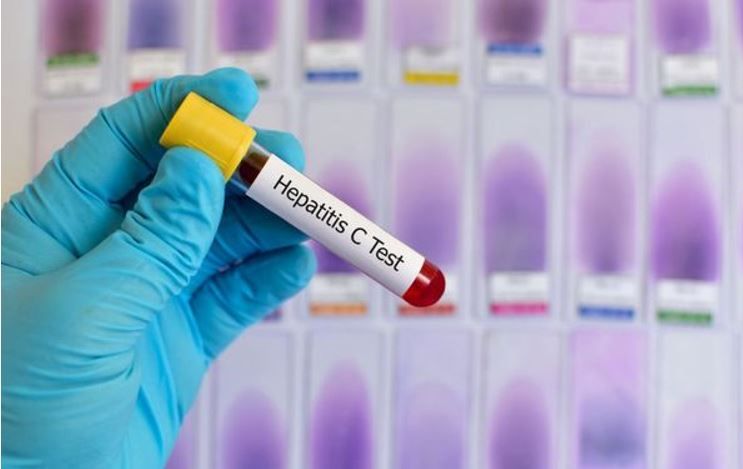CDC Updates HCV Screening Guidelines to Increase Linkage to Care
The CDC has recommended more complete 1-step hepatitis C testing. This testing will increase the percentage of patients with hepatitis C who are linked to care and receive antiviral therapy, according to the CDC’s Morbidity and Mortality Weekly Report.
©Jarun Ontakara/Shutterstock.com

The current CDC testing guidelines include a 2-step process, but the authors noted that about one-third of patients receive incomplete testing, leading to a gap between those who have hepatitis C and those who undergo testing for infection detection.
The former process was developed in 2013 and was made up of 4 possible operational strategies (“steps”) used to diagnose hepatitis C infection:
- Blood is submitted for testing if the sample collected is reactive for hepatitis C antibody during initial testing.
- Two specimens are collected in separate tubes from a single venipuncture. The first tube is used in hepatitis C antibody testing and the second is for hepatitis C RNA testing if the hepatitis C antibody test is reactive.
- If it is reactive, the same venipuncture sample blood used for hepatitis C antibody testing is reflexed for hepatitis C RNA testing without another blood draw.
- Another blood sample is submitted for hepatitis C RNA testing if the initial testing of antibody has used finger-stick blood.
Steps 2 through 4 allow for single-visit sample collection, the authors noted, which means there is no required second health care visit. Using step 1 requires 2 health care facility visits, “and therefore leads to missed opportunities for HCV diagnosis and linkage to curative HCV treatment,” the authors commented.
In October 2021, leaders in hepatitis C from around the US convened at a meeting to discuss obstacles in testing. Then, the CDC reviewed published literature to make a determination about the magnitude of incomplete hepatitis C testing and its consequences.
The CDC found that, for example, only 66% of hepatitis C antibody reactive patients who reported to the New York City Department of Health and Mental Hygiene surveillance system had complete hepatitis C testing. This resulted in a requirement instituted in 2015 that all labs perform automatic hepatitis C RNA testing (steps 2-4), the authors noted.
Only two-thirds of patients among Veterans Health Administration (VA) facilities came back for their second visit, they said. But when only using steps 2-4, the VA patients who had complete testing rose to 98%.
Only two-thirds of patients among Veterans Health Administration (VA) facilities came back for their second visit, they said. But when only using steps 2-4, the VA patients who had complete testing rose to 98%.
A similar increase was found among Cherokee Nation Health Services data. About two-thirds of persons had complete hepatitis C testing when using step 1, but after implementing using just steps 2 through 4, the proportion with complete testing rose to 85%, the authors said.
The CDC further added that step 1 has not been found to be cost-effective, either.
When considering all the evidence, the CDC issued a directive that step 1 should be discontinued, while steps 2, 3 and 4 should be used to diagnose current hepatitis C infection. Sites performing hepatitis C screening should ensure that single-visit sample collections are used to avoid incomplete testing, they further noted.
“Using a single visit to conduct both steps of the HCV testing sequence will increase complete diagnosis of current HCV infection, which will increase the percentage of patients with current HCV infection who are linked to care and receive curative antiviral therapy,” the authors concluded.
Source: Cartwright EJ, Patel P, Kamili S, Wester C. Updated operational guidance for implementing CDC’s recommendations on testing for hepatitis C virus infection. MMWR Morb Mortal Wkly Rep 2023;72:766-768. doi:10.15585/mmwr.mm7228a2
This article was originally published on Contagion Live. It has been lightly edited.